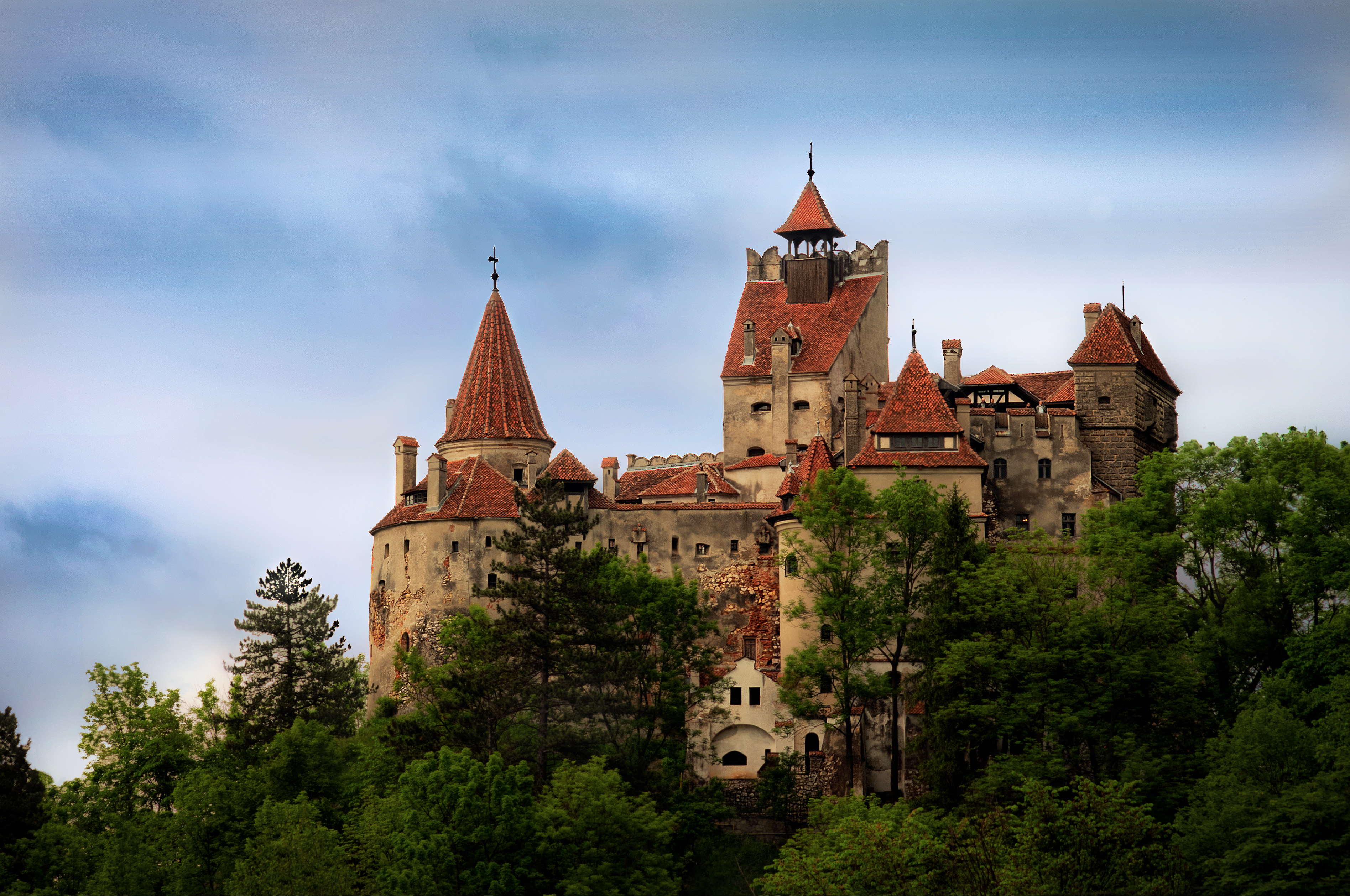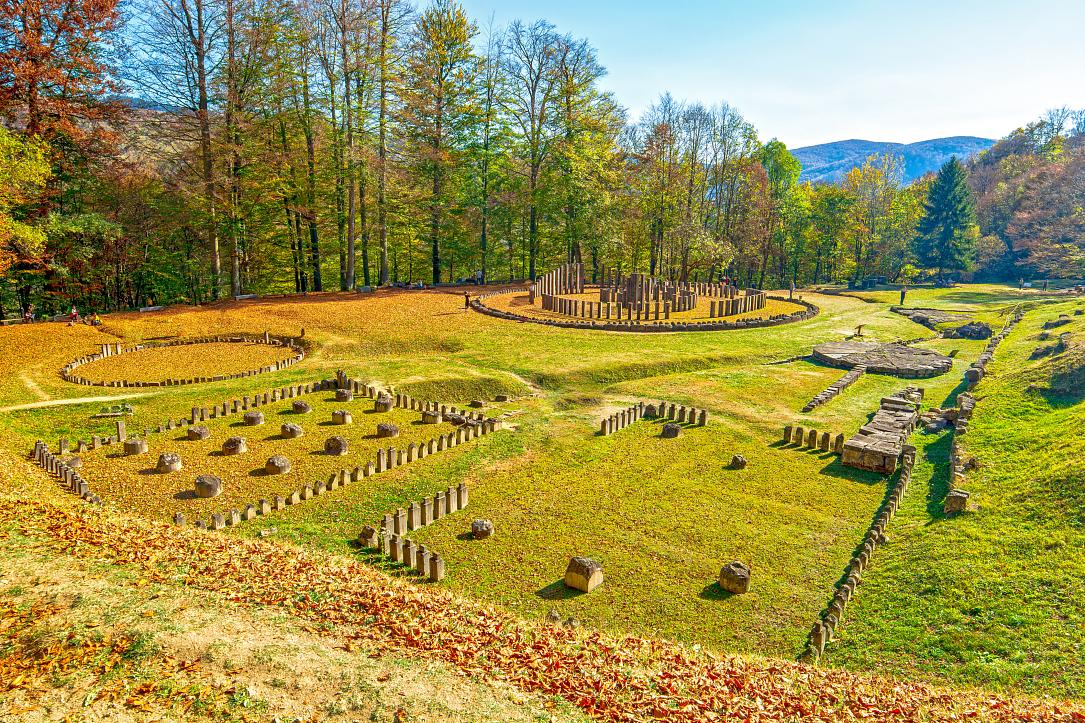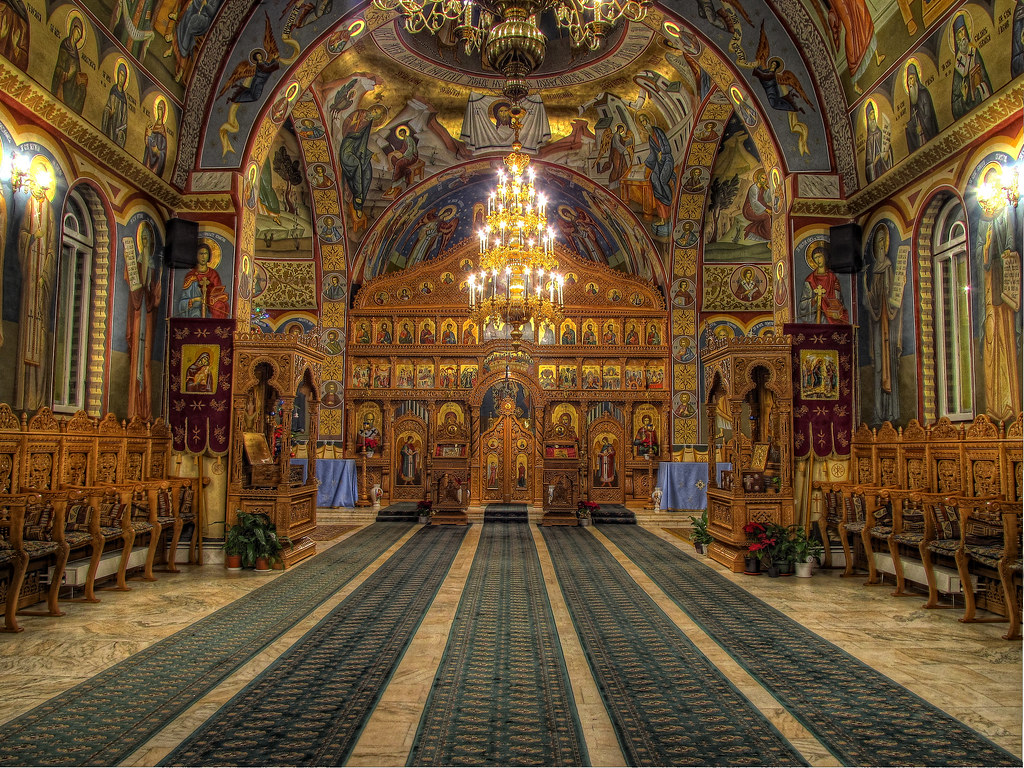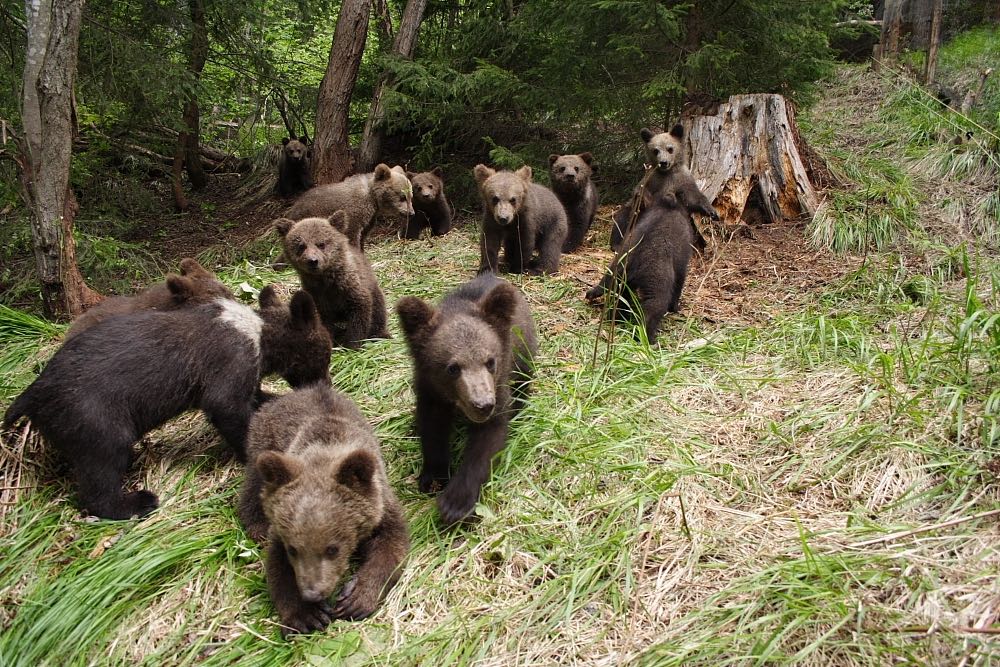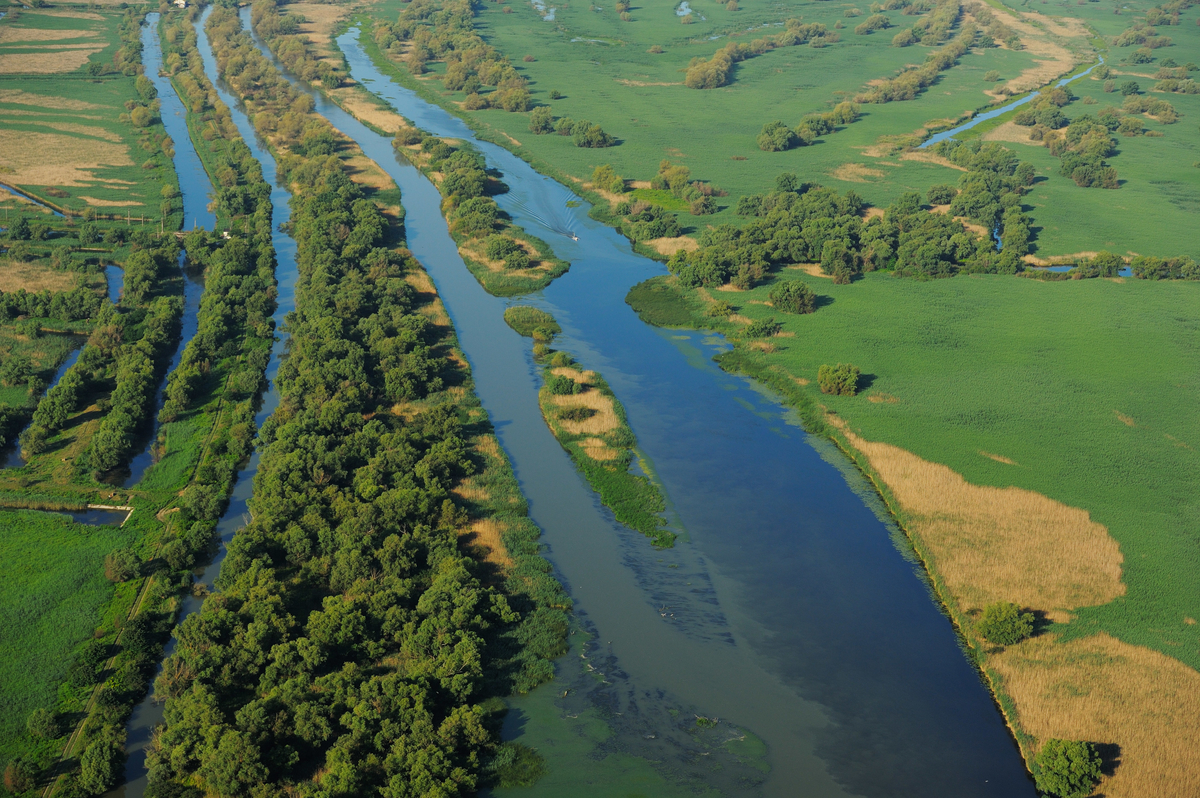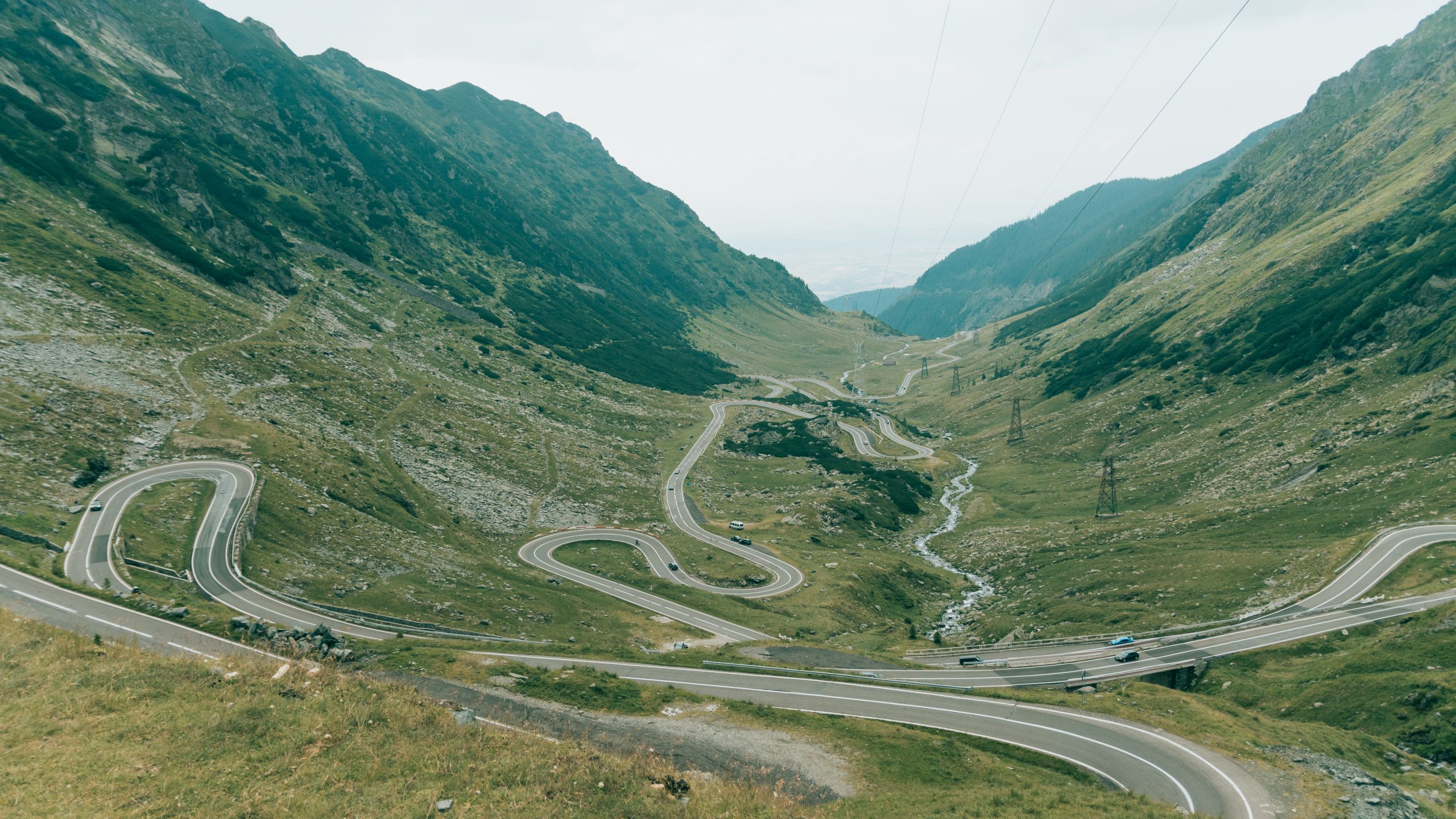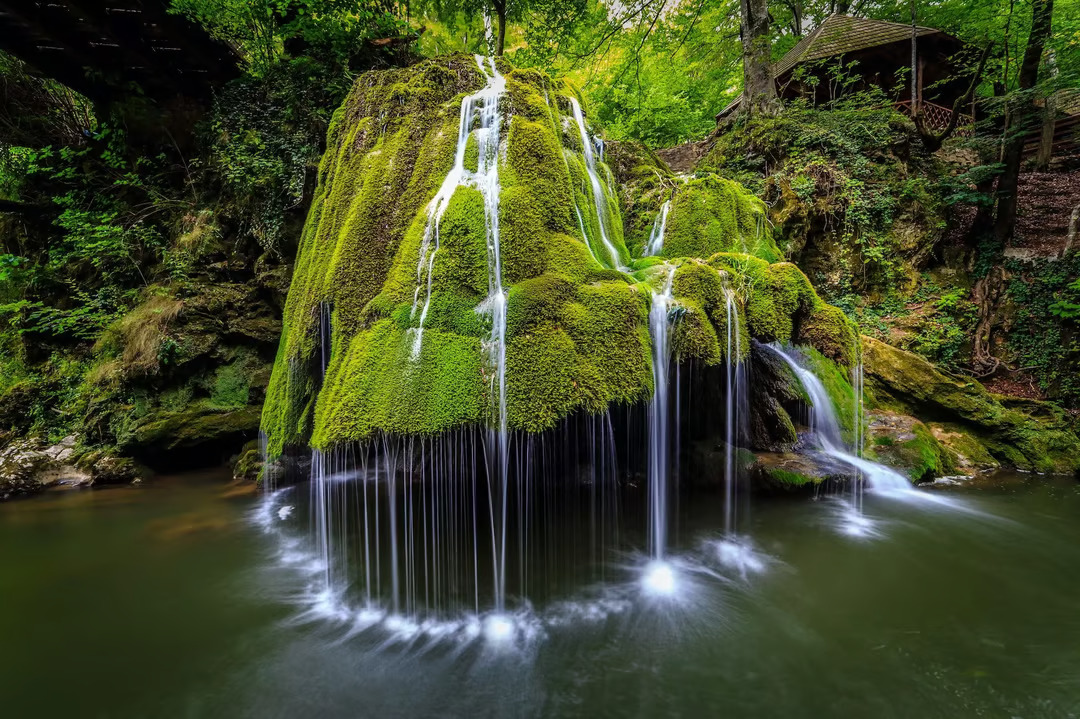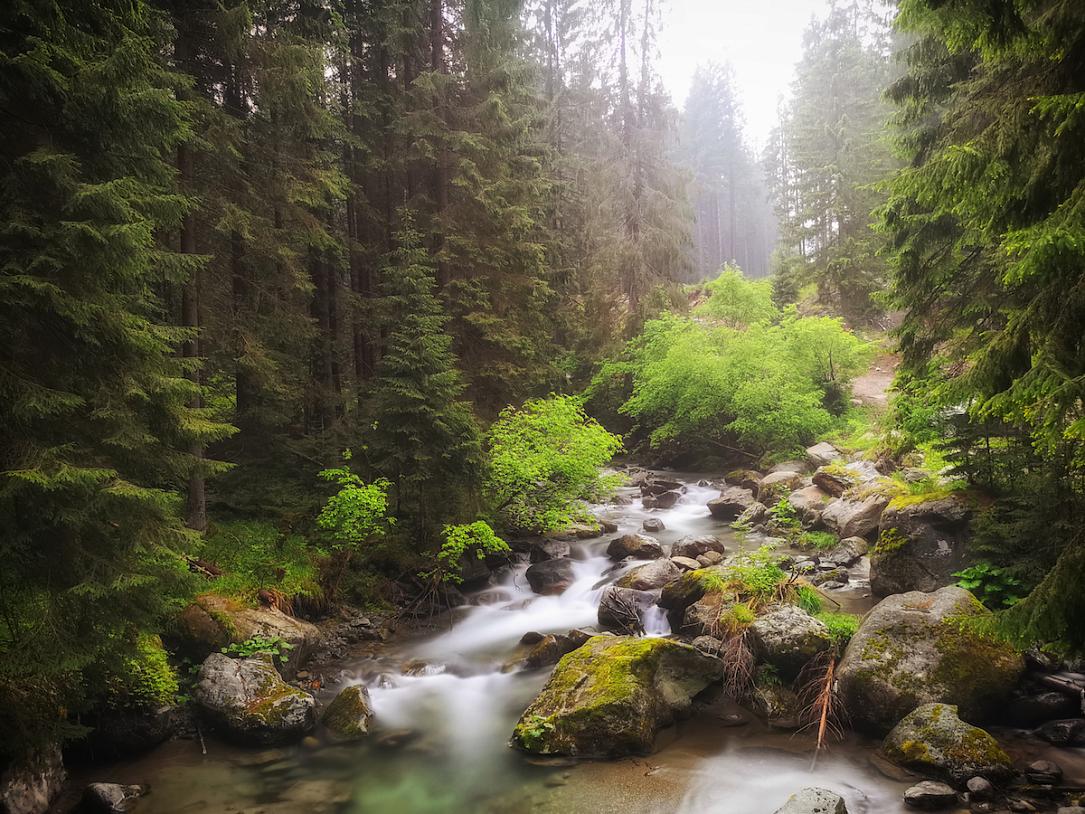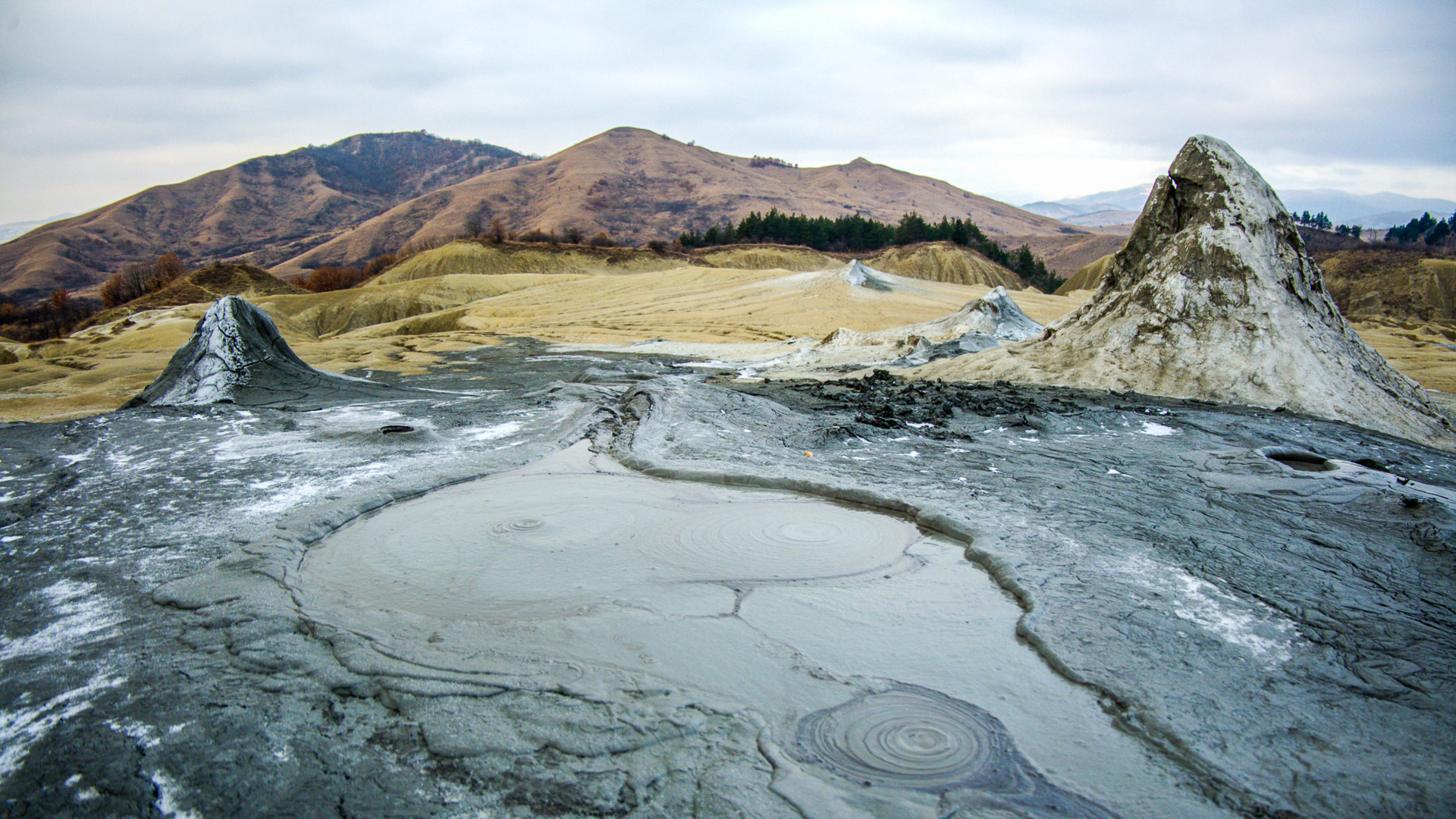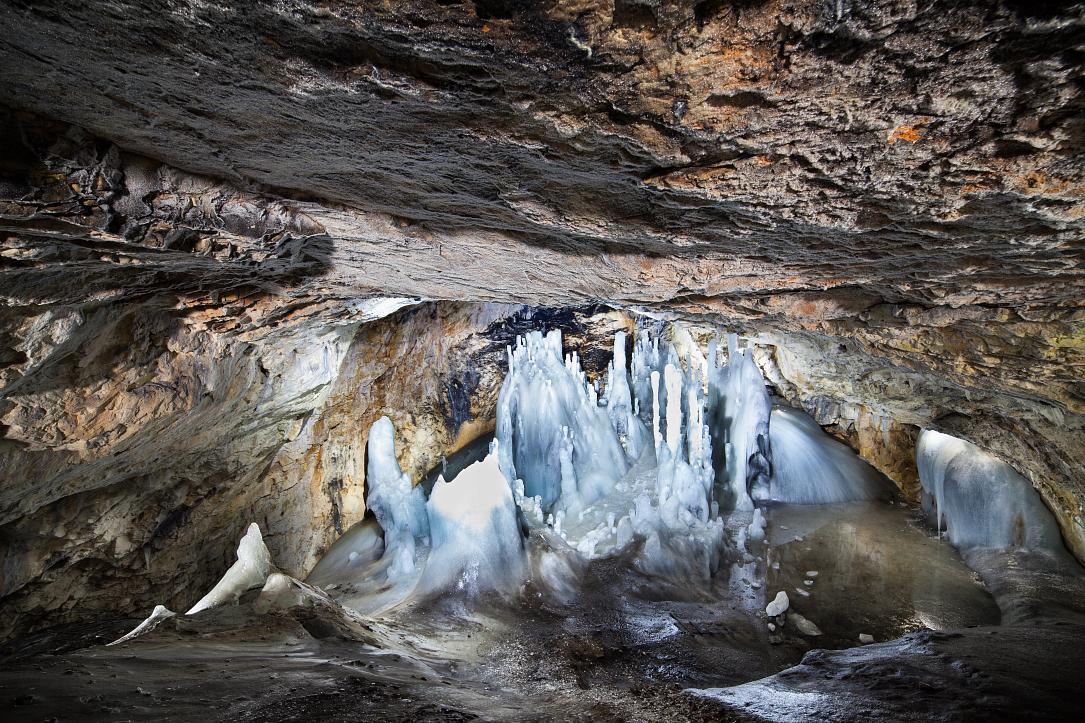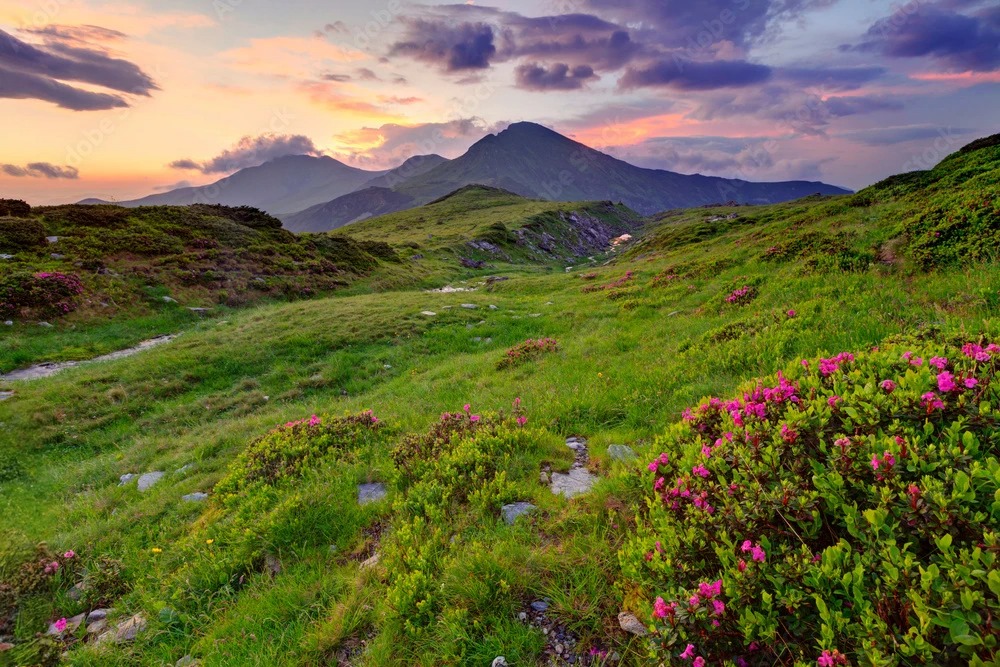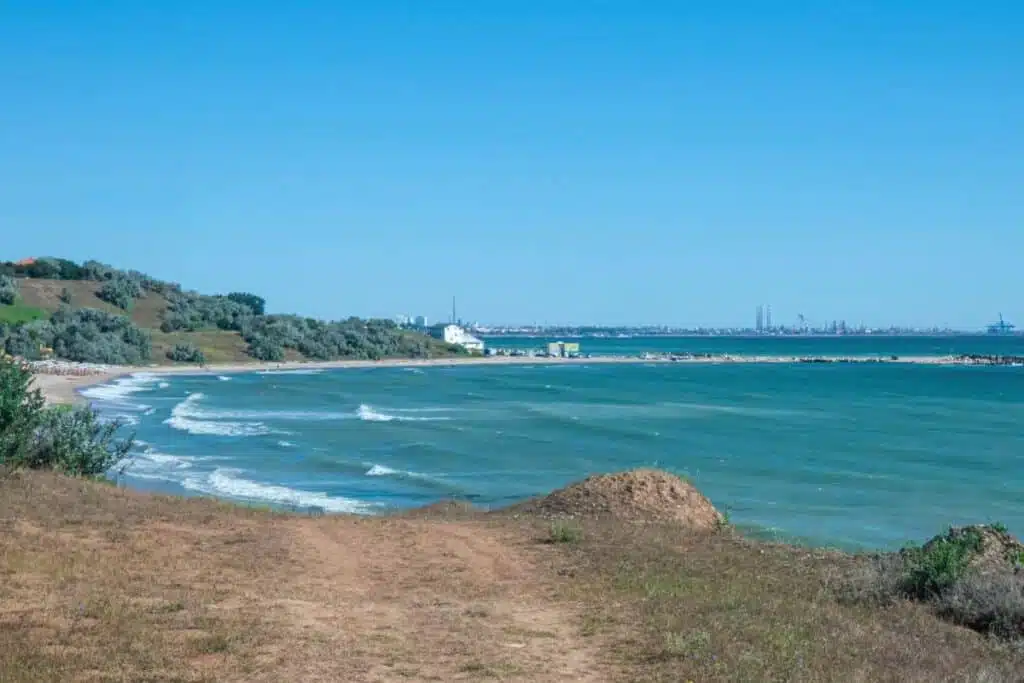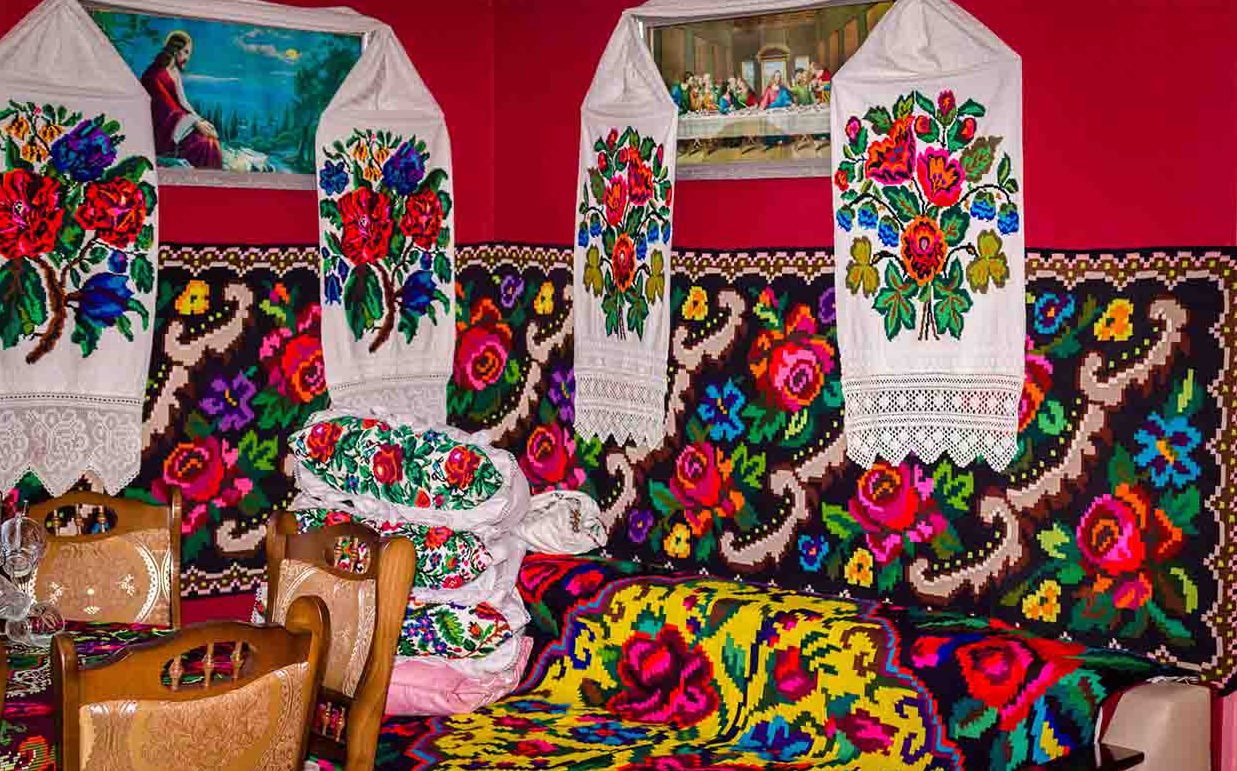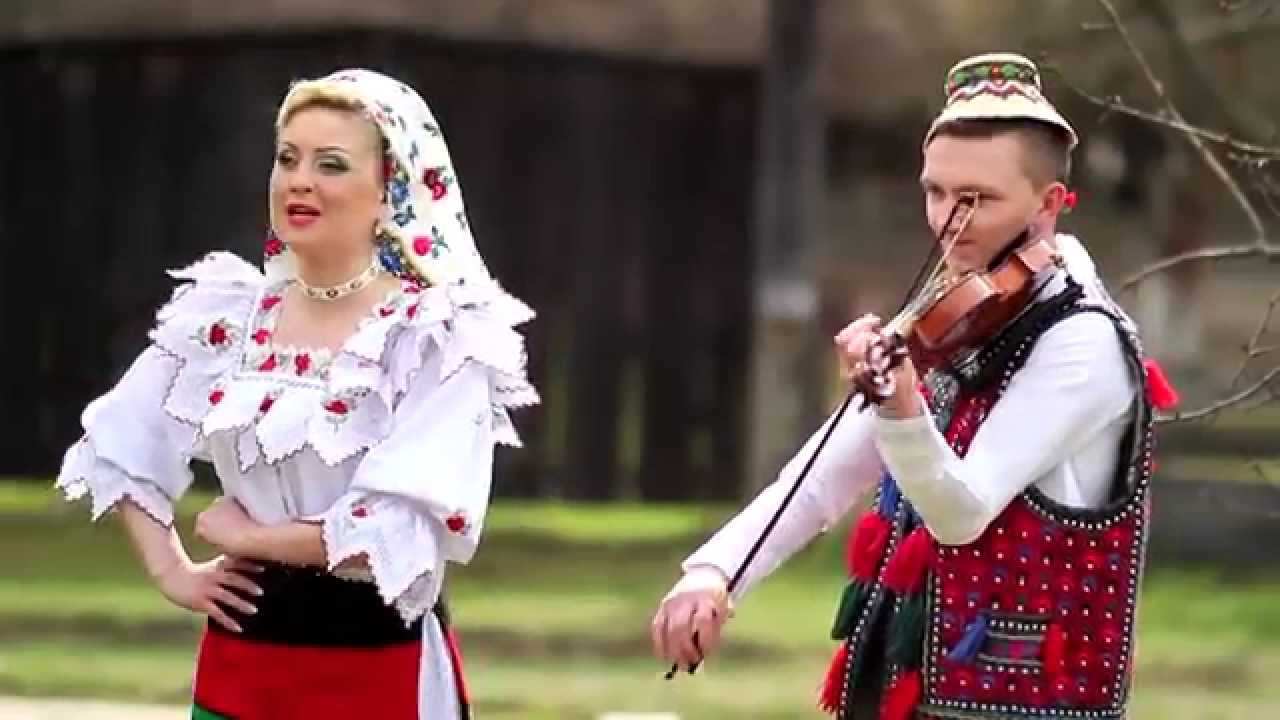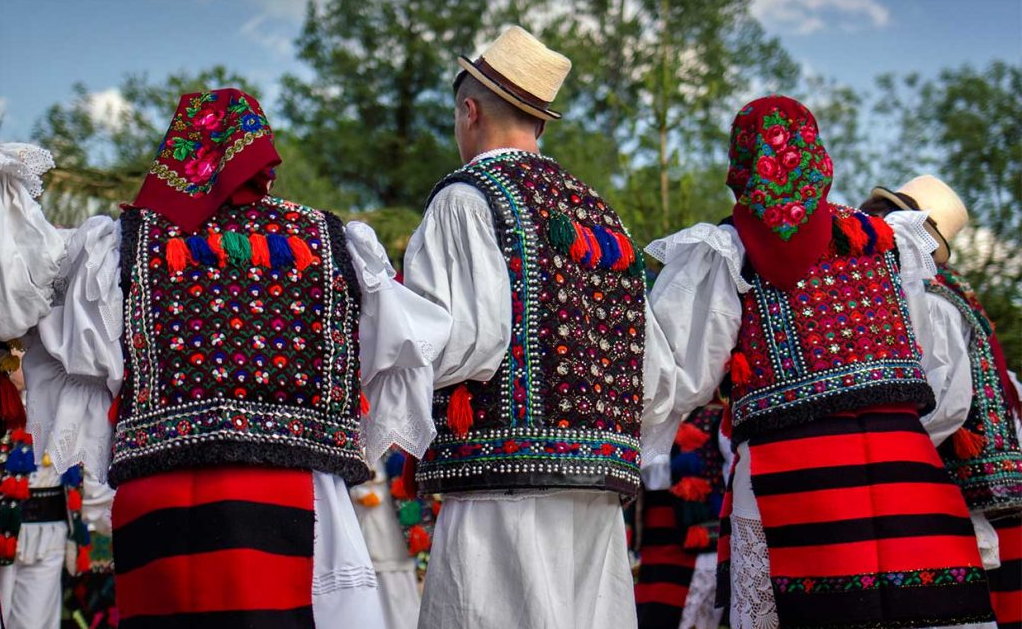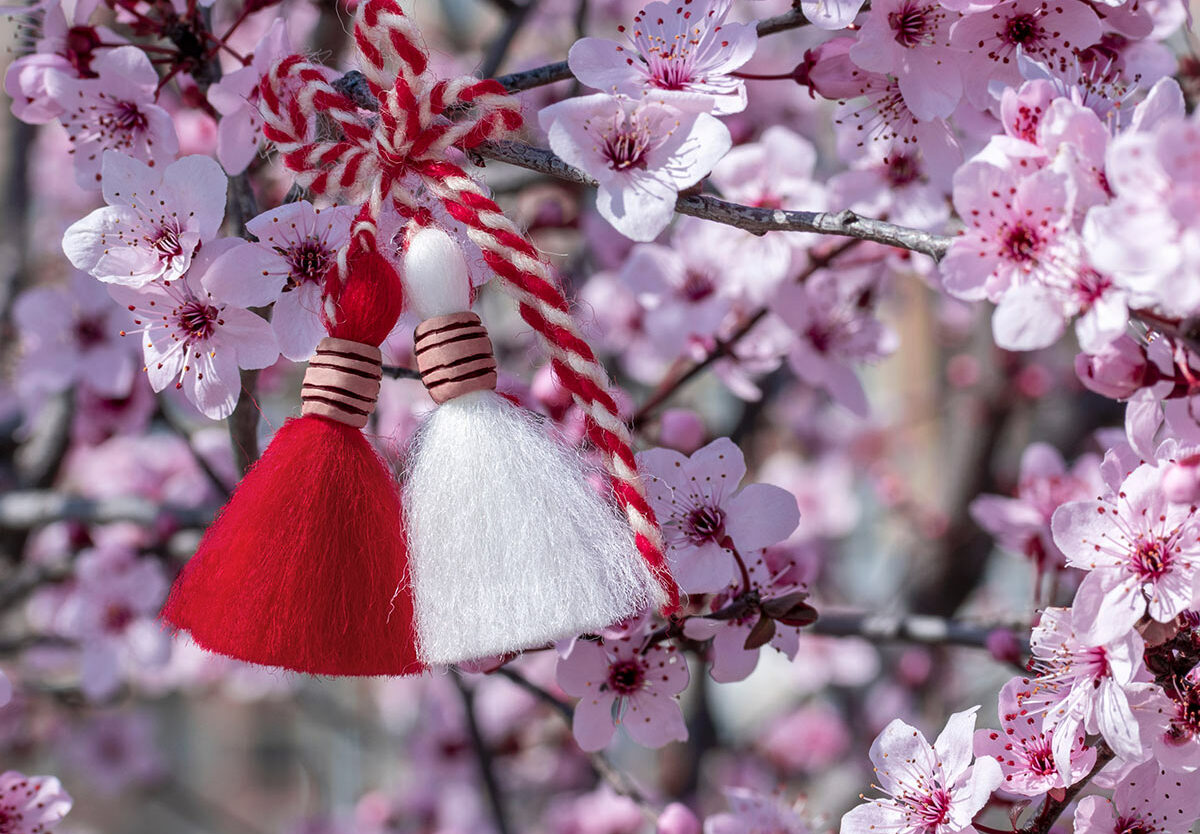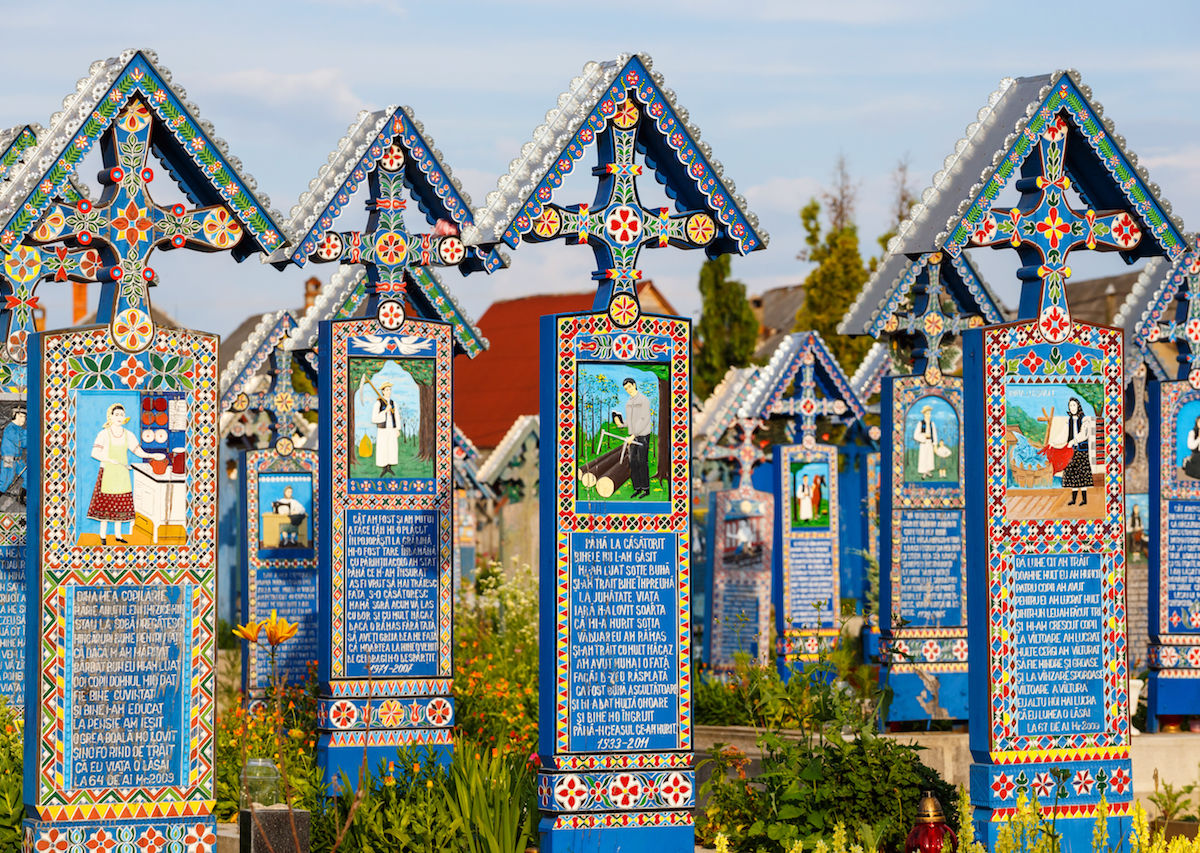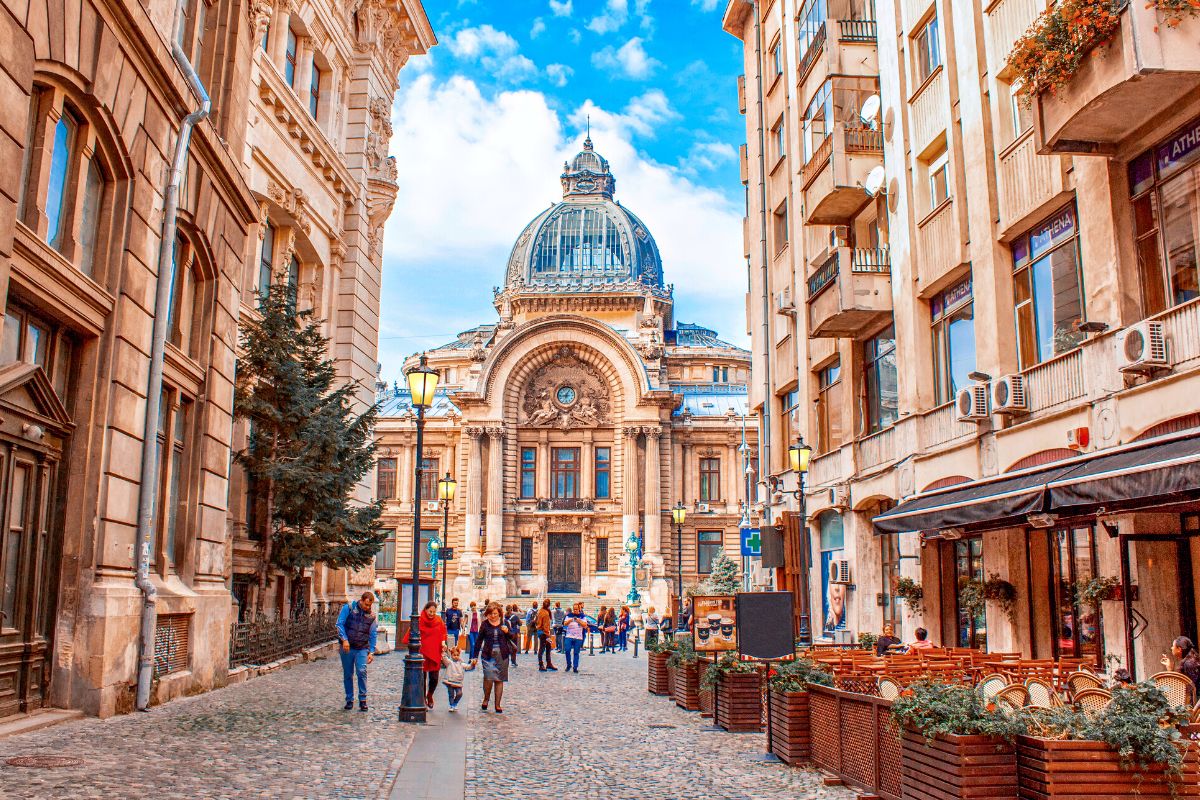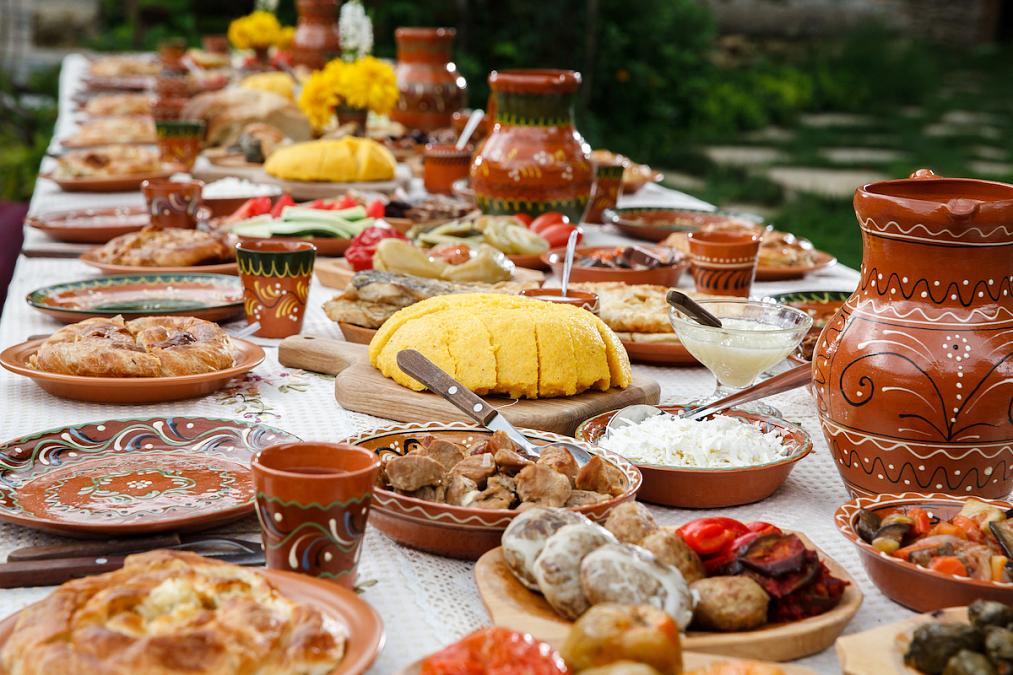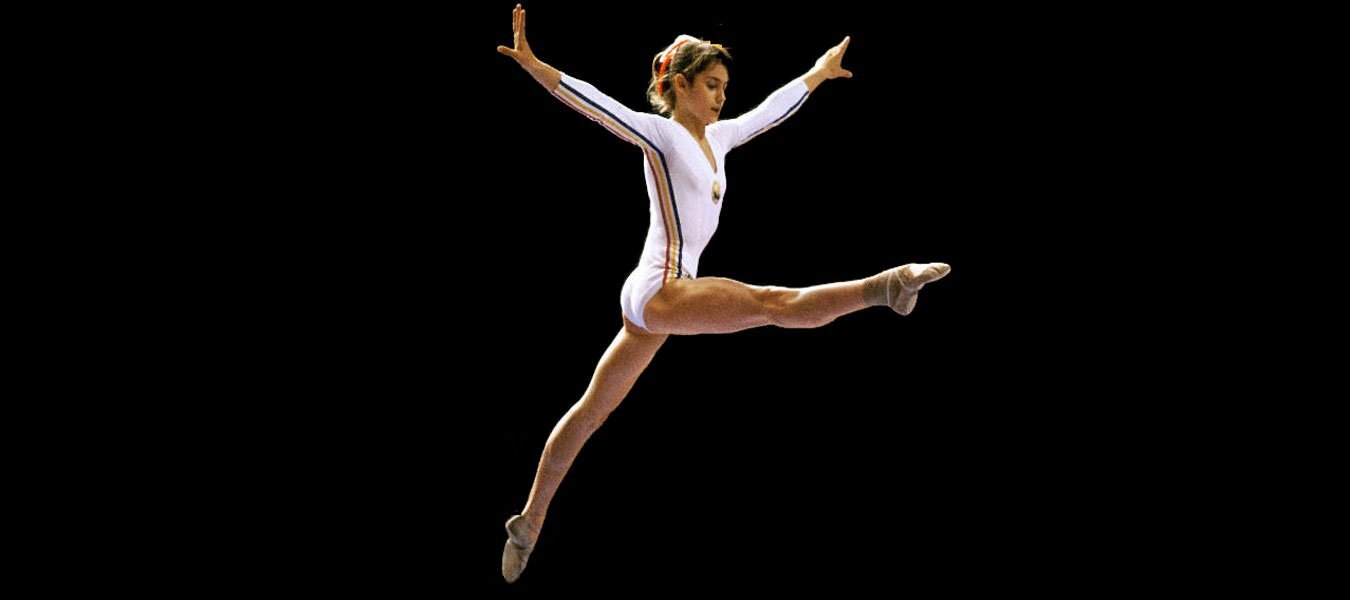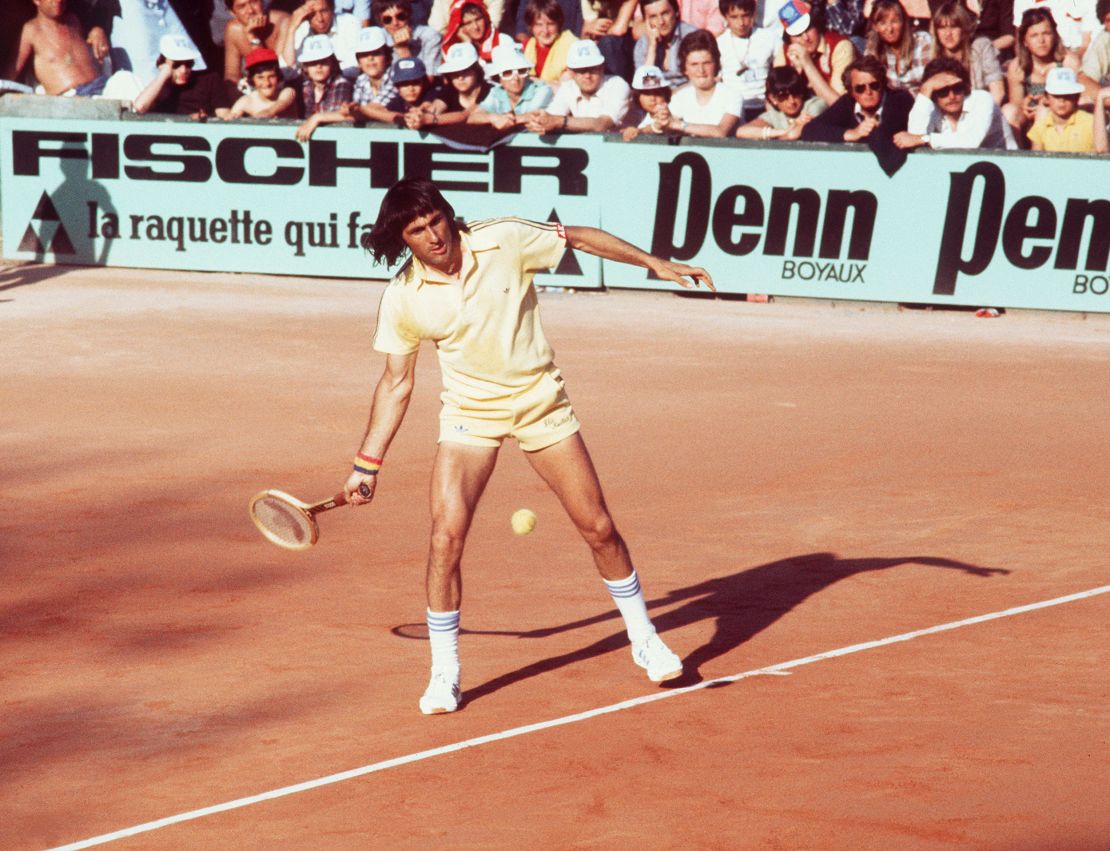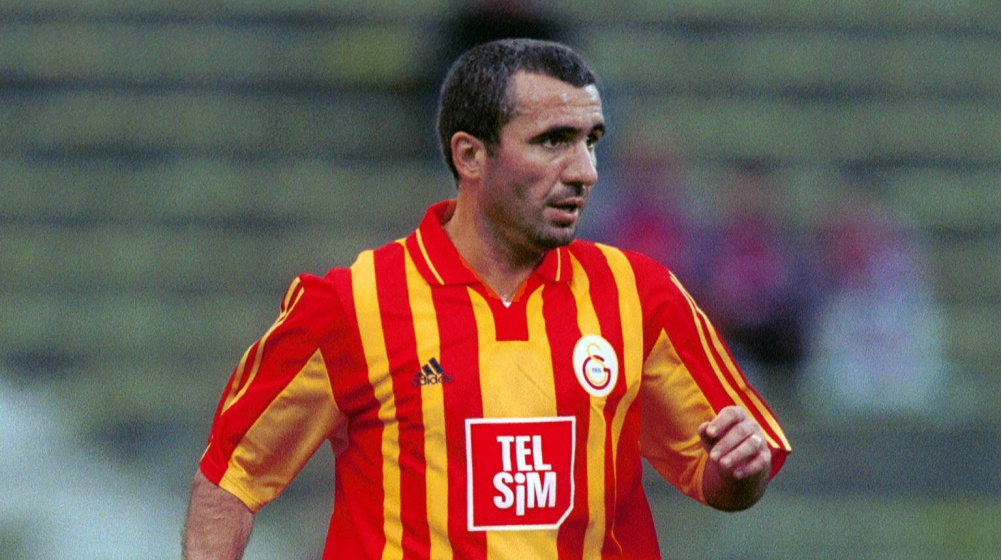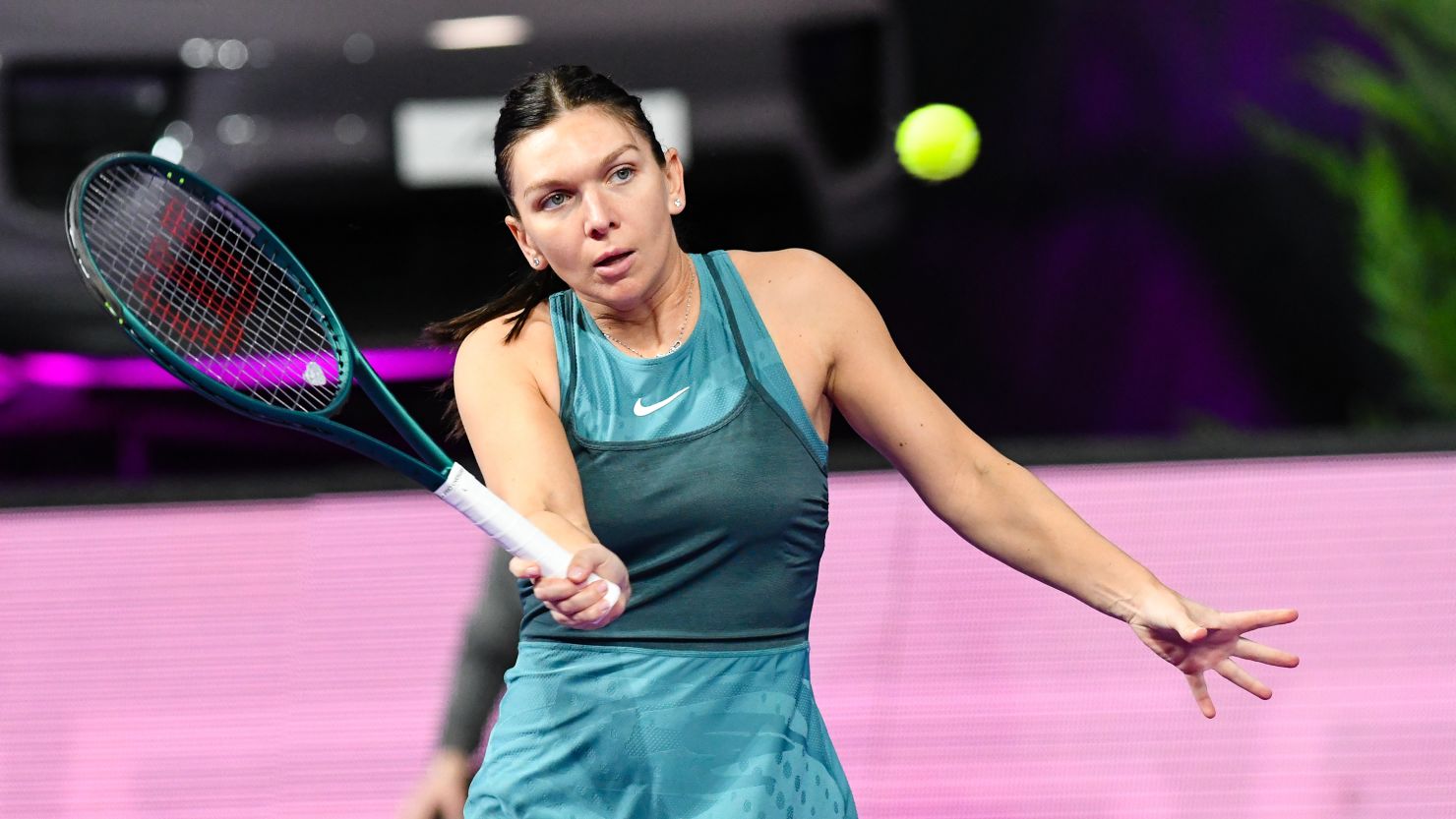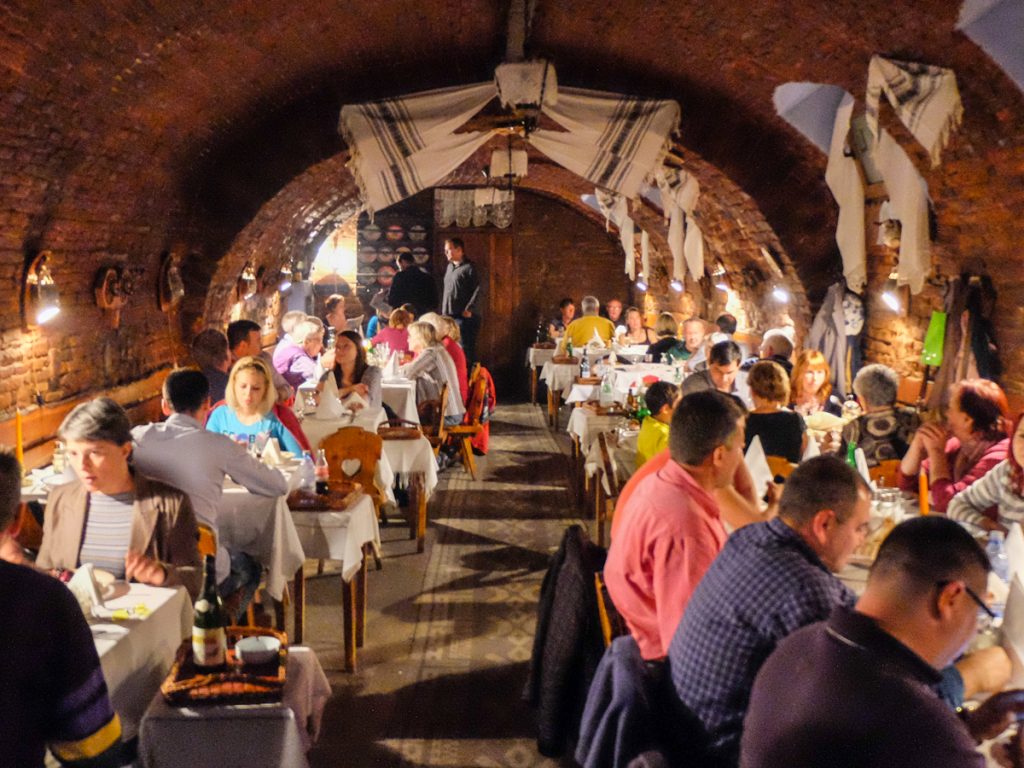25+ Surprising Things Romania Is Known For
Known for its legends and landscapes, Romania is one of Europe’s most fascinating countries. From medieval castles to the Carpathian Mountains, Romania has it all.
Author:Sophia HarperReviewer:Liam JonesApr 17, 202514.3K Shares196.9K Views
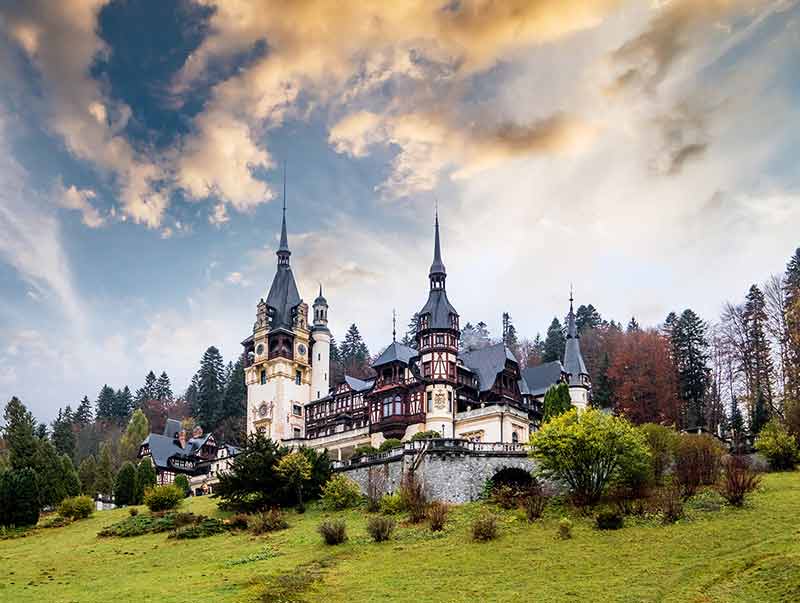
Romania, a country in Southeastern Europe, is renowned for its blend of history, culture, and natural beauty. From its medieval castles to breathtaking natural landscapes, Romania offers a rich tapestry that fascinates travelers, historians, and cultural enthusiasts alike.
Here’s an in-depth look at the 30+ things Romania is known for, showcasing its unique heritage, vibrant traditions, and stunning landscapes.
The Enduring Allure Of Dracula And Transylvania
1. The Legend And Mystery Of Dracula’s Transylvania
Transylvania’s haunting reputation is no accident. It began with Bram Stoker’s 1897 novel Dracula, which immortalized the region as a land of gothic terror, fog-shrouded mountains, and immortal vampires.
Though Stoker never set foot in Romania, his chilling descriptions of the Carpathian wilderness as Dracula’s domain forever altered the world’s perception of Transylvania.
The character of Count Dracula-aristocratic, bloodthirsty, and mysteriously seductive-became a global cultural icon, inspiring countless films, books, Halloween costumes, and vampire legends.
But step beyond the pages of fiction, and you’ll find that Transylvania’s real landscapes are no less mesmerizing.
This region in central Romania is cloaked in a natural, brooding beauty: towering Carpathian peaks, ancient pine forests, hidden valleys, and castles perched dramatically on cliffs.
Its medieval villages, cobbled streets, and slow rhythm of life preserve an old-world charm that feels frozen in time. The mist rolling through the hills at dawn, the howling wind over ruins, and the heavy silence of dense woods all evoke a palpable sense of mystery.
It’s a place where folklore thrives-not just the tale of Dracula, but age-old myths of spirits, wolves, and enchanted places passed down through generations.
Bran Castle, often marketed as "Dracula's Castle," is one of Romania’s most visited landmarks. While there’s no evidence that Vlad the Impaler lived there, the fortress’s haunting silhouette, perched dramatically atop a 200-foot cliff, fits the Dracula myth perfectly.
Inside, visitors explore winding staircases, narrow corridors, and historical exhibits showcasing both the myth and reality of Transylvania’s past.
A Journey Through Romania's Rich History And Cultural Heritage
2. The Ancient Dacian Civilization
The roots of Romanian history stretch deep into the ancient Dacian civilization, which once thrived in the territory of modern-day Romania. The Dacians were known for their advanced craftsmanship, warrior culture, and their vibrant religious beliefs centered around nature.
The Dacians built impressive fortresses and settlements that were not only defensive but also symbolic of their connection to the land. Many of these structures are scattered throughout Romania and remain a significant part of the nation’s historical fabric, offering visitors a glimpse into a sophisticated pre-Roman culture.
3. Dacian Fortresses (UNESCO Site)
The Dacian Fortressesin the Orăștie Mountains, including the famous Sarmizegetusa Regia, were pivotal to the defense of the Dacian Kingdom. These fortresses, now a UNESCO World Heritagesite, demonstrate the Dacians’ remarkable skills in military architecture. The fortresses were strategically positioned on high peaks, and their design reflects both practical defensive measures and spiritual significance.
Sarmizegetusa Regia, in particular, is known for its sacred structures, which are thought to have played a central role in Dacian religious ceremonies. These fortresses are a testament to the resilience and ingenuity of the Dacians, who held their ground against Roman expansion.
4. Roman Influence And Latin Language
In 106 AD, the Roman Empire conquered the Dacian Kingdom under Emperor Trajan, bringing profound changes to the region. Roman rule not only introduced advanced Roman engineering, roads, and infrastructure but also established Latin as the official language.
The presence of the Romans laid the foundation for the Romanian language, which evolved from Latin and shares common roots with other Romance languages such as Italian, Spanish, French, and Portuguese.
The Roman period marked a transformative era in Romania's history, blending native Dacian customs with Roman culture and governance. This historical fusion still resonates today, particularly in Romania’s linguistic heritage.
5. Medieval Principalities (Wallachia, Moldavia, Transylvania)
During the Middle Ages, the territory of modern Romania was divided into three distinct principalities: Wallachia, Moldavia, and Transylvania. Each principality developed its own identity, rulers, and cultures, but they were often caught in the crossfire of larger empires.
Wallachia and Moldavia were frequently challenged by the Ottoman Empire, while Transylvania was under the influence of the Austrian Empire. The medieval castles, fortified towns, and churches scattered across these regions serve as enduring symbols of their separate but interconnected histories.
The Middle Ages also marked the rise of powerful leaders like Vlad the Impaler and Stephen the Great, who fought to protect their lands and cultures.
6. Byzantine And Ottoman Influences
Romania’s rich cultural tapestry is woven with influences from both the Byzantine Empire and the Ottoman Empire. Wallachia and Moldavia were heavily influenced by the Byzantines in the religious and artistic spheres, with Orthodox Christianity becoming a central part of Romanian identity.
Byzantine religious art, with its vibrant icons and murals, continues to be a key feature of Romanian Orthodox monasteries. On the other hand, Ottoman rule left its imprint on Romanian cuisine, architecture, and customs.
The iconic Brâncovenesc style in Romanian architecture blends Ottoman and Renaissance elements, seen in churches and palaces built during the 17th and 18th centuries.
7. The 19th-Century Unification
The 19th century was a time of profound national awakening for Romania. Amidst growing nationalism and revolutionary fervor, Wallachia and Moldavia unified in 1859 under the leadership of Prince Alexandru Ioan Cuza, marking the beginning of modern Romania.
This unification paved the way for Romania’s independence and the eventual establishment of a constitutional monarchy. The unificationwas a pivotal moment that consolidated Romanian territories and set the stage for the country's cultural, social, and political transformation.
8. The Romanian Orthodox Church's Role
The Romanian Orthodox Churchhas played a central role in shaping the nation’s cultural and national identity. Romania’s deep-rooted religious traditions and customs are influenced by centuries of Orthodox Christianity, and the church is a major institution in Romanian life.
The country’s many monasteries, churches, and religious festivalsreflect Romania’s spiritual heritage, with notable sites like Voroneț Monasteryand Peleș Castleattracting visitors for their historical significance and beauty.
Orthodox religious rites, including the famous Easterand Christmascelebrations, are woven into Romania's national fabric, and the church continues to be a symbol of unity and continuity.
Breathtaking Natural Beauty And Diverse Landscapes
9. The Carpathian Mountains
The Carpathian Mountainsare one of Romania’s most defining natural features, stretching across the central part of the country. As the second-longest mountain range in Europe, they are known for their diverse ecosystems, from rugged peaks that soar to over 2,500 meters, to lush valleys, dense forests, and alpine meadows.
The Carpathians are home to a rich array of flora and fauna, making them a paradise for hikers, wildlife enthusiasts, and adventurers.
10. Europe's Largest Brown Bear Population
Romania is home to the largest population of brown bearsin Europe, with the majority living in the Carpathian Mountains. This makes Romania a unique destination for wildlife enthusiasts.
The bears roam freely in the vast forests of the Carpathians, and there are specialized bear-watching toursthat allow visitors to witness these magnificent creatures in their natural habitat.
The country’s commitment to preserving its wildlife and natural spaces ensures that Romania remains a key location for conservationefforts in Europe.
11. The Danube Delta (UNESCO Site)
The Danube Delta, where the Danube Rivermeets the Black Sea, is one of Romania's most important biodiversity hotspots. A UNESCO World Heritage Site, it is the second-largest river delta in Europe, offering a vast network of waterways, marshes, and islands.
The delta is home to over 300 species of birds, making it one of the most important bird-watching destinationsin Europe. Its unique ecosystemsare also crucial for conservation, making it a must-visit for nature lovers. [Suggest Image: Aerial view of the Danube Delta waterways]
12. The Transfăgărășan Highway
The Transfăgărășan Highwayis one of the most spectacular drives in the world, winding its way through the Carpathian Mountains.
This high-altitude road, built during the 1970s, is famous for its breathtaking scenery, including hairpin turns, viaducts, and views of mountain lakes.
It has been dubbed the best driving road in the worldby some travelpublications and offers visitors a thrilling, scenic experience.
13. Stunning Waterfalls (Bigăr, Cascada Cailor)
Romania is known for its stunning waterfalls, two of the most iconic being:
- Bigăr Waterfall: Located in the Anina Mountains, this waterfall is famous for its unique moss-covered cascadethat flows over a rock formation, creating a surreal, ethereal effect.
- Cascada Cailor (Horses’ Waterfall): Found in the Rodnei Mountains, this waterfall is one of the tallest in Romania, with water cascading from a height of 40 meters, offering a spectacular sight, particularly during the spring thaw.
14. Turquoise Glacial Lakes (Bâlea, Sfânta Ana)
The Carpathian Mountains are home to several glacial lakes, including:
- Lake Bâlea: A stunning, high-altitude glacial lake that offers a peaceful, serene atmosphere, ideal for hikers and outdoor enthusiasts. The lake is accessible by the Transfăgărășan Highway.
- Lake Sfânta Ana: Located in the Eastern Carpathians, this volcanic crater lakeis one of the most beautiful and secluded lakes in Romania, surrounded by dense forests and offering a picturesque, tranquil setting.
15. Pristine And Virgin Forests
Romania is home to some of the last remaining pristineand virgin forestsin Europe, especially in the Carpathian Mountains. These ancient forests are significant not only for their natural beauty but also for their role in biodiversity conservation.
Some of these forests have been designated as UNESCO World Heritage sitesdue to their exceptional ecological importance. These forests are a sanctuary for wildlifeand offer visitors an authentic and untouched experience of nature.
16. Unique Geological Formations (Muddy Volcanoes)
The Muddy Volcanoes of Berca, located in the Buzău County, are a geological wonderand a UNESCO Geopark. These mud volcanoescreate a surreal, moon-like landscape, with small eruptions of mud that bubble up from beneath the earth’s surface.
This unique phenomenon is caused by natural gas rising to the surface, mixing with water and creating these mud formations. The site is both scientifically interesting and visually captivating.
17. Cave Systems (Scarisoara Ice Cave, Turda Salt Mine)
Romania is known for its incredible cave systems:
- Scarisoara Ice Cave: Located in the Apuseni Mountains, this cave houses a massive underground glacier, one of the largest in Europe, and is open for public exploration.
- Turda Salt Mine: Transformed into an underground complex, the Turda Salt Mineis one of the most popular tourist destinations in Romania. It features an underground amusement park, including a lake, ferris wheel, and sports courts.
18. Alpine Meadows
The Carpathian Mountainsboast alpine meadowsthat burst into color during the summer monthswith a variety of wildflowers. These meadows offer panoramic views of the surrounding peaks and valleys, making them ideal for hikingand nature walks. Visitors can enjoy an intimate connection with nature while taking in the stunning landscapes.
19. The Black Sea Coast
Romania’s Black Sea coastoffers a mix of sandy beaches, resorts, and historical sites. The city of Constanța, one of Romania’s oldest cities, is located along this coast and is home to ancient ruins, including those from the Greek and Roman eras.
The coastal resorts, including Mamaia, are popular summer destinations, attracting visitors for their lively atmosphere, beaches, and warm waters.
Vibrant Traditions, Folklore, And Artistic Expressions
20. Rich Romanian Folklore And Mythology
Romania's folklore is a fascinating blend of Dacian, Slavic, and Byzantine influences, filled with mystical creatures and cautionary tales passed down through generations. Some of the most iconic mythological beings include:
- Strigoi- undead spirits or vampires, said to rise from the grave and haunt the living, believed to have inspired the global vampire myth.
- Iele- beautiful and seductive nature spirits who dance in glades and lure men, often causing madness or disappearance.
- Balauri- multi-headed dragons representing chaos and destruction, often featured in epic tales where brave heroes confront evil.
These stories continue to inspire Romanian art, festivals, and literature, making mythology a living part of the culture.
21. Traditional Handicrafts (Embroidery, Wood Carving)
Romania’s artisanal heritage is celebrated through exquisite handcrafted traditions. These crafts are not only beautiful but also serve as cultural markers of regional identity:
- Embroidery: Intricate patterns stitched by hand onto blouses (ie) and household textiles, each with regional symbolism and color schemes.
- Wood carving: Masterfully crafted gates, furniture, and religious icons, especially in Maramureș, where entire churches are made from wood without nails.
- Pottery: Vibrant styles like the Horezu ceramics (a UNESCO-inscribed tradition), known for their symmetrical motifs and earthy tones.
- Weaving: Loom-woven wool rugs and wall hangings using geometric patterns passed down through families.
22. Soulful Folk Music And Unique Instruments
Romanian folk music reflects the nation’s soul and struggles, often blending joy with melancholy. It is marked by complex rhythms and improvisational styles, played on distinctive traditional instruments:
- Nai (Pan flute)- a wind instrument central to Romanian musical identity, capable of haunting and melodic sounds.
- Cimbalom- a hammered dulcimer producing rich, resonant tones, used in both folk and Roma music.
- Cobza- a short-necked lute with deep historical roots.
- Fluier- a type of wooden flute played during pastoral songs and dances.
23. Distinct Regional Folk Costumes
Romania’s folk costumes vary dramatically by region, each with its own history, color palette, and symbolism. Key examples:
- Maramureș: Black and white motifs with heavy woolen elements for cold weather.
- Oltenia and Muntenia: Bright reds and vibrant blues with floral motifs.
- Transylvania: Intricate needlework, often in earthy tones, with Austro-Hungarian influences.
These garments are still worn during festivals, church services, and cultural holidays. Each stitch tells a story about identity, ancestry, and craftsmanship.
24. The Mărțișor Tradition
Celebrated every March 1st, Mărțișor marks the arrival of spring. Romanians give red-and-white-threaded trinkets (mărțișoare) to friends, family, and loved ones as symbols of renewal, purity, and good fortune.
- The red symbolizes life and vitality.
- The white represents purity and clarity.
This UNESCO-inscribed tradition is often accompanied by spring-themed fairsand the wearing of the mărțișor on clothing until mid-March.
25. The Dragobete Celebration
Observed on February 24th, Dragobete is Romania’s traditional day of love, rooted in ancient pagan customs. Unlike the commercial Valentine’s Day, Dragobete:
- Celebrates the renewal of nature and human connection
- Features ritual dances, love spells, and nature walks
- Encourages young couples to pick flowers and declare love
It's a romantic, symbolic tradition blending folklore with emotion, especially prominent in rural regions.
26. The Merry Cemetery Of Săpânța
A one-of-a-kind cultural landmark, the Merry Cemetery in Săpânța, Maramureș, redefines how death is perceived. Instead of somber gray stones, the cemetery features:
- Vividly painted wooden crosses
- Naive art depicting scenes from the deceased's life
- Humorous or poetic epitaphs, often with irony or wit
This unique approach reflects Romania’s view of death as part of life, offering laughter, reflection, and celebration of individuality.
Related Reading: What Is Canada Famous For - 20 Iconic Things You Didn’t Know
The Capital City Known As “Little Paris”
27. Bucharest
Bucharest, Romania’s dynamic capital, balances old-world charm with modern vibrancy. Nicknamed “Little Paris”in the early 20th century, the city is known for:
- Eclectic architecture, blending French-inspired boulevards, Belle Époque mansions, and stark communist-era structures.
- A thriving cultural scene, including opera houses, art galleries, and vibrant nightlife.
- Historic landmarks, such as the Palace of the Parliament (the world’s heaviest building) and the ornate Romanian Athenaeum.
Despite its size, Bucharest retains a local, authentic feel-with quirky cafés, bohemian neighborhoods, and an ever-evolving creative energy.
A Taste Of Romania
28. Traditional Romanian Cuisine
Romanian food is hearty, rustic, and comforting - a fusion of Balkan, Turkish, Hungarian, and Slavic influences.
- Sarmale: Cabbage rolls stuffed with spiced meat and rice.
- Ciorbă de burtă: Creamy tripe soup with vinegar and garlic.
- Mămăligă: Cornmeal porridge, similar to polenta.
- Papanasi: Fried or boiled doughnuts filled with soft cheese and topped with jam.
Many dishes are tied to seasonal rituals or religious holidays, making food an integral part of cultural identity.
A Nation Of Accomplished Individuals: World-Class Athletes
Romania has produced globally celebrated athletes who have made history across diverse sports. These individuals have brought immense pride to the nation and continue to inspire future generations.
29. Nadia Comăneci (Gymnastics)
Nadia Comăneci is a gymnastics icon, famed for being the first gymnast in Olympic history to score a perfect 10. At the 1976 Montreal Games, she achieved this feat at just 14 years old, ultimately earning five Olympic gold medals. Her grace, discipline, and trailblazing success made her a symbol of excellence and national pride.
30. Ilie Năstase (Tennis)
Ilie Năstase dazzled tennis fans with his brilliant technique and flamboyant personality. He became the world’s first ATP No. 1in 1973, won two Grand Slam singles titles, and was known for his unpredictable and entertaining playing style. He remains one of the sport's most colorful and memorable figures.
31. Gheorghe Hagi (Football)
Often called “The Maradona of the Carpathians”, Gheorghe Hagi is Romania’s most revered footballer. He starred at clubs like Real Madrid, FC Barcelona, and Galatasaray, and captained the Romanian national team during its golden era in the 1990s. Hagi is renowned for his vision, creativity, and powerful left foot.
32. Simona Halep (Tennis)
Simona Halep is a modern tennis powerhouse and two-time Grand Slam champion, with victories at Roland Garros (2018)and Wimbledon (2019). Known for her stamina, agility, and tactical brilliance, Halep reached world No. 1in the WTA rankings and remains one of Romania's most celebrated athletes.
33. Mihai Leu (Boxing & Motorsport)
Mihai Leu achieved remarkable success in two sports: first as WBO Welterweight Boxing Championin 1997, then as a Romanian national rally championafter retiring from boxing. His versatility and determination exemplify the spirit of Romanian athletes.
34. A Budget-Friendly European Destination
Romania stands out as one of Europe’s best-value travel destinations, ideal for those seeking rich experiences without breaking the bank:
- Affordable pricesfor accommodation, dining, and transportation.
- Free or low-cost attractions, from castles to natural wonders.
- Low tourist density, making for more intimate, uncrowded adventures.
- Welcoming locals, a strong sense of safety, and genuine hospitality.
Whether exploring medieval towns or scenic countryside, Romania lets you travel deeper-for less.
FAQs About What Romania Is Known For
What Language Is Spoken In Romania?
Romanian is the official language. It's a Romance language with Latin roots, similar to Italian and French.
Is Romania Part Of The EU And Schengen Area?
Romania is part of the European Union (since 2007), but as of now, it's not fully part of the Schengen Area.
Is Romania Safe To Visit?
Yes. Romania is generally safe for tourists. Common precautions apply as in any European country.
What’s The Best Time To Visit Romania?
Spring (May–June) and Fall (September–October) offer mild weather and beautiful landscapes. Winter is ideal for skiing, and summer is great for festivals.
Is Dracula Real?
Dracula is a fictional character inspired by Vlad the Impaler, a 15th-century Wallachian ruler known for his brutal methods.
Final Thoughts
Romania is more than just legends and landscapes — it's a living, breathing mosaic of cultures, histories, and experiences. Each region tells a different story, each festival a deeper tale of identity and survival.
It’s the kind of country that hums in your memory long after you leave — not because of one thing, but because of how everything fits together. Wild beauty, ancient soul, and modern drive — that’s what Romania is truly known for.
Jump to
The Enduring Allure Of Dracula And Transylvania
A Journey Through Romania's Rich History And Cultural Heritage
Breathtaking Natural Beauty And Diverse Landscapes
Vibrant Traditions, Folklore, And Artistic Expressions
The Capital City Known As “Little Paris”
A Taste Of Romania
A Nation Of Accomplished Individuals: World-Class Athletes
34. A Budget-Friendly European Destination
FAQs About What Romania Is Known For
Final Thoughts

Sophia Harper
Author
Sophia Harper’s photography acts as a portal to the soul of the places she visits. Drawn to South America’s landscapes and cultures, she has spent years capturing everything from the majesty of ancient ruins to the vibrancy of urban streets.
Sophia’s work isn’t just about documenting moments; it’s about evoking the emotions and stories behind them. A dedicated photographer, she has worked with local communities across South America to capture their rich cultural narratives through her lens.

Liam Jones
Reviewer
Liam Jones has made it his mission to prove that adventure doesn’t need a hefty budget. Having traveled to over 40 countries, he specializes in finding affordable ways to experience the world, from the best street food in Bangkok to hidden gems in Lisbon.
Liam’s travel tips have reached thousands of readers, empowering them to see the world on a shoestring budget without sacrificing quality. With a deep passion for local cultures, he continues to share his travel hacks, ensuring adventure remains accessible to all.
Latest Articles
Popular Articles
